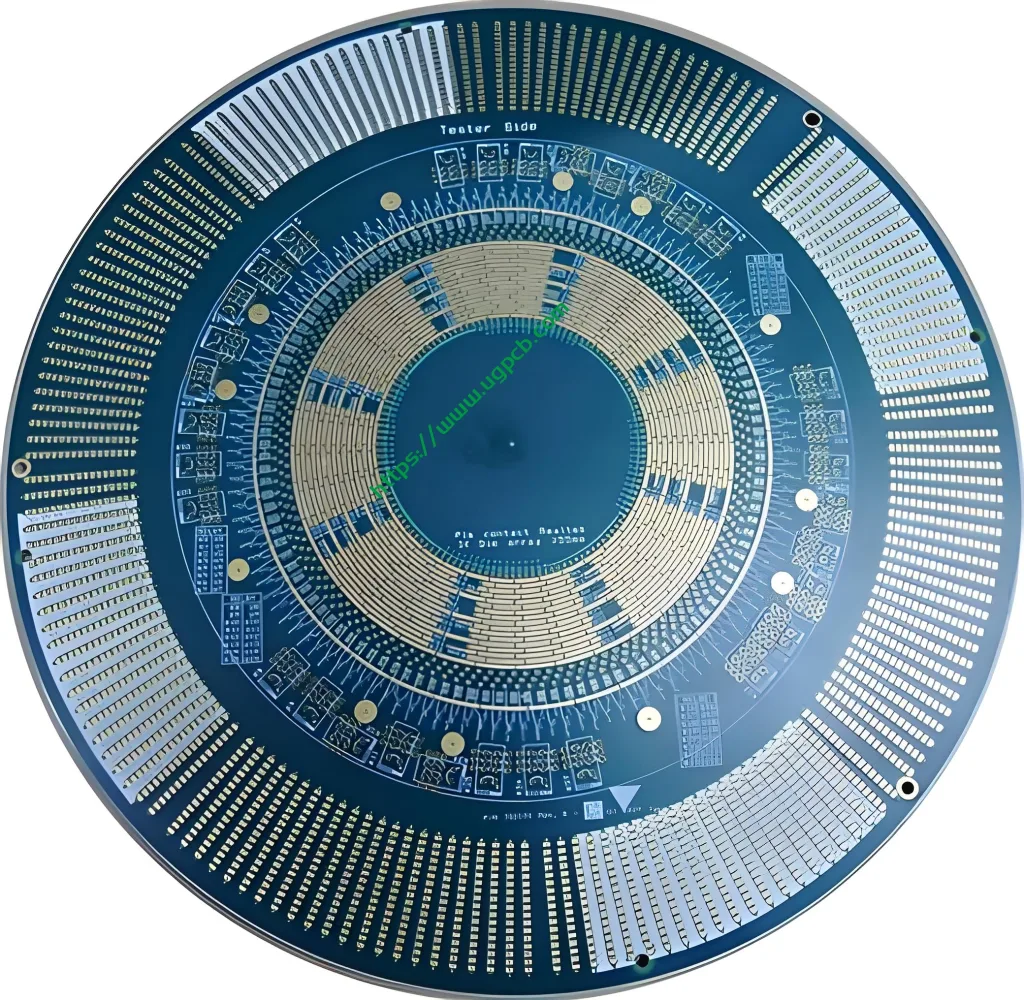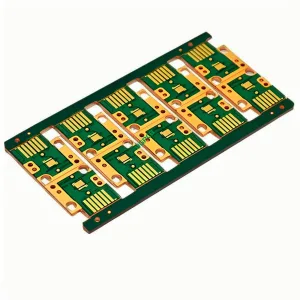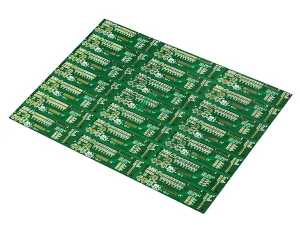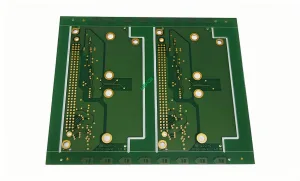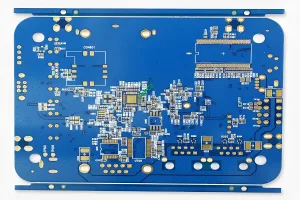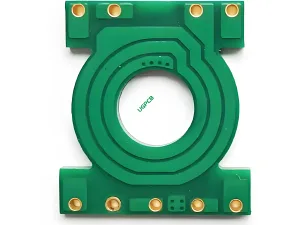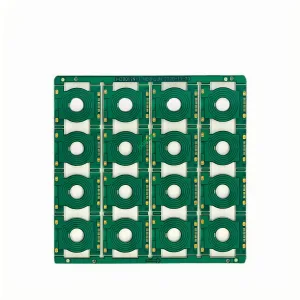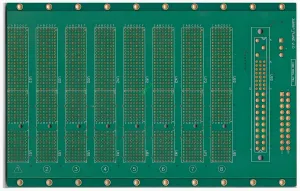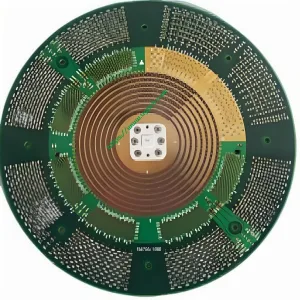ATE Test Chip PCB Overview
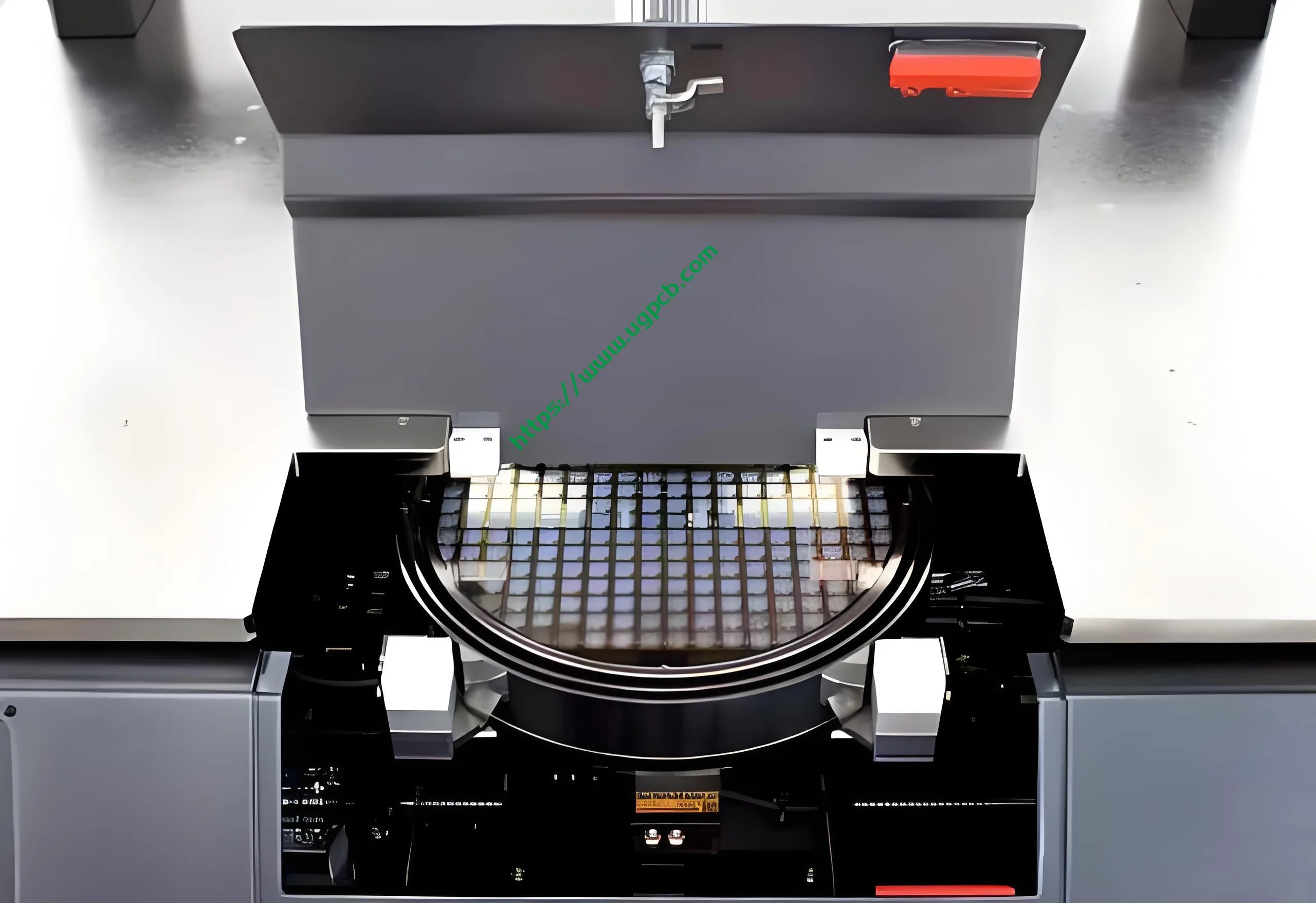
The ATE test chip PCB is a specialized printed circuit board designed for use in automated test equipment (ATE) systems for testing semiconductor chips. This PCB plays a crucial role in ensuring the quality and reliability of chips before they are integrated into electronic devices. Below is a detailed introduction to the ATE test chip PCB, covering its general information, classification, materials, desempenho, structure, features, processo de produção, and application scenarios.
Classificação
ATE test chip PCBs are classified based on their layer count, material composition, and specific application requirements. The model introduced here, ATE test chip PCB, is a 12-layer PCB, indicating its complexity and ability to handle intricate testing scenarios.
Composição de materiais
The ATE test chip PCB is constructed using isola 370hr material, a high-performance, high-reliability substrate known for its excellent electrical and thermal properties. This material ensures the PCB’s ability to withstand the demanding test conditions and provide stable performance.
Características de desempenho
The ATE test chip PCB excels in several performance areas, including high current carrying capacity, low signal loss, and excellent thermal management. The use of 2OZ copper thickness for inner layers and 1OZ for outer layers enhances its electrical conductivity and thermal dissipation capabilities. Adicionalmente, the immersion gold (5Você) surface finish provides superior corrosion resistance and solderability, ensuring reliable connections during testing.
Projeto Estrutural
Structurally, the ATE test chip PCB features a board thickness of 3.0mm, providing a robust foundation for the complex circuitry and components. The green color not only adds a visual distinction but also aids in inspection and troubleshooting processes.
Distinctive Features
The ATE test chip PCB stands out with its unique features, including its high layer count, advanced material composition, and immersion gold surface finish. These features, combined with its precise design and manufacturing processes, make it an ideal choice for ATE chip testing applications.
Processo de Produção
The production of ATE test chip PCBs involves a series of sophisticated steps:
- Preparação de Materiais: The isola 370hr substrate is prepared and cut to the required dimensions.
- Copper Lamination: Copper foil is laminated to the substrate, with specific attention to the inner layer 2OZ and outer layer 1OZ thickness requirements.
- Circuit Patterning: The desired circuit patterns are etched onto the copper foil using precision etching techniques.
- Layer Stacking and Lamination: Multiple layers are stacked and laminated together, ensuring precise alignment and bonding.
- Drilling and Plating: Holes are drilled for component mounting and interconnection, and then plated to enhance conductivity.
- Surface Finish Application: The immersion gold (5Você) coating is applied to provide corrosion resistance and solderability.
- Final Inspection and Testing: The PCB undergoes rigorous inspection and testing to ensure compliance with specifications and performance requirements.
Cenários de aplicação
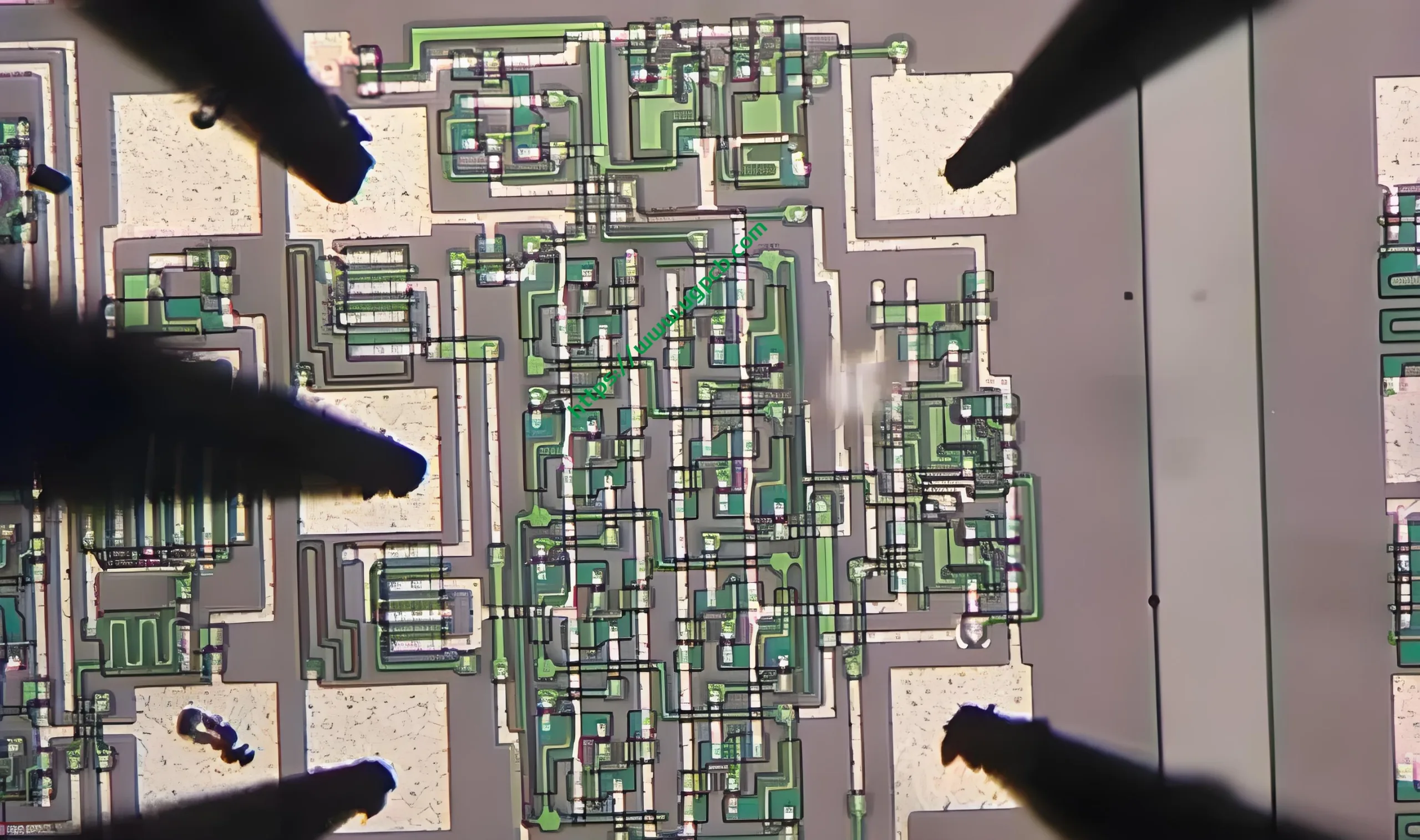
ATE test chip PCBs are primarily used in automated test equipment systems for the testing and validation of semiconductor chips. They are essential in the semiconductor industry, where high-reliability testing is crucial for ensuring the quality and performance of chips before they are integrated into electronic devices. By utilizing ATE test chip PCBs, manufacturers can quickly and accurately identify any defects or issues in the chips, ensuring that only high-quality products are shipped to customers.
 LOGOTIPO UGPCB
LOGOTIPO UGPCB

